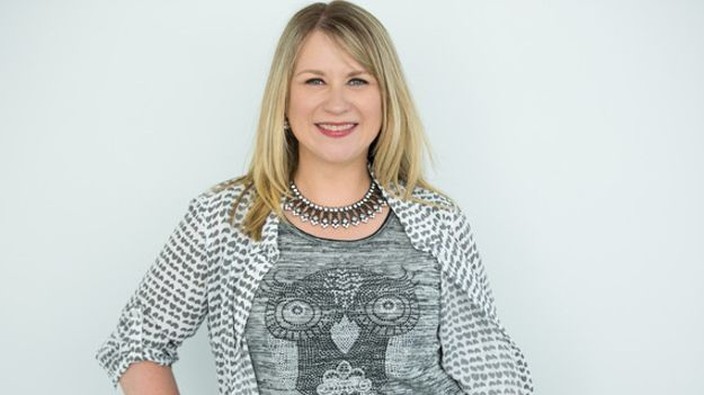powered by:
valneva canada inc.
weir: most women can't afford midlife health
while we are getting better about discussing menopause, cost remains a huge barrier to women's health.
may 14 2020
 3 minute read
3 minute read


shirley weir is head of the menopause chicks.
when i became a women’s health advocate nearly eight years ago, it was fuelled by this overwhelming statistic: 70 per cent of women said they didn’t have anyone to talk to about perimenopause or menopause.
how could such an important part of women’s health remain so under-discussed? i set out to crack open the conversation.
and now, in 2020, we are seeing change.
more women are educating themselves and having informed conversations with their health teams about hormone health. there are more headlines about menopause. the first wave of millennials have turned 35 and they’re starting to get curious about their own perimenopause-to-menopause journey, taking proactive steps and finding health strategies that work for them.
but there is one thing that still keeps me awake at night. navigating women’s midlife health is expensive. and that is what is not being said whenever we talk about perimenopause or menopause.
women aged 35 to 65 hold the most influential positions in society, make the majority of health decisions in a family, and control most of the consumer buying power. yet, their health concerns are not being adequately addressed.
our health care system, employee benefit plans and our investment in women’s health research is not adequately taking care of women. the model is broken and while i’m not sure whose problem it is, i do know it’s time to do something about it.
advertisement
advertisement
women share their stories with me all the time. cathie, 45, a single mom from abbotsford, saw her family doctor for a couple of years for anxiety, depression and sleep challenges, and she was prescribed anti-depressants. after awhile, she found the prescription options limiting, and she was curious if working with a naturopath to balance her hormones would be more beneficial to her health. however, she knew the expense of adding a naturopath to her health team would likely total more than $1000 for a year and without extended health benefits, that amount was outside of her available budget.
jane was a director with a national telecommunications company when she came to me with her perimenopause story. at one point, jane had to take a few weeks off work to address extremely low iron, low vitamin b and adrenal fatigue. she told me her energy was so low, she could barely get out of bed. fortunately, her health team was on it and jane recovered.
but when jane asked her doctor to fill out the paperwork for her benefits plan submission, her doctor advised, “let’s just write ‘undetermined’ as the reason you were off. i’m afraid if we write ‘perimenopause,’ your claim will get denied.”
doctors are also frustrated about the inequalities in women’s health.
advertisement
advertisement
“imagine you’re sitting across from a patient in your office and you know — both intellectually and intuitively — that the best treatment for her would be counselling,” one family physician explained. “but you also know she doesn’t have the financial means. therefore, the only tool i have in my toolkit is my prescription pad.”
fifty per cent of the population is potentially not getting the midlife health care they want or deserve. if a woman wants to see her doctor and get a prescription, she can most likely do that without being out-of-pocket. on the other hand, if she wants to see a naturopath, acupuncturist, pelvic floor physiotherapist or take quality vitamins and supplements, she is on her own financially.
it’s overwhelming, right? i imagine that if such a health injustices was happening to our children or pets, we’d be the first to step up and do something.
sometimes we act like the system is too big to change. i say, “we are the system.” what can we do?
i’d love to hear your ideas shirley@menopausechicks.com
shirley weir is the founder of menopause chicks, an online facebook community that advocates for women in perimenopause, menopause & beyond! she is also the author of mokita: how to navigate perimenopause with confidence & ease. @menopausechicks
advertisement
advertisement
don’t miss the latest on covid-19, reopening and life. subscribe to healthing’s daily newsletter covid life




